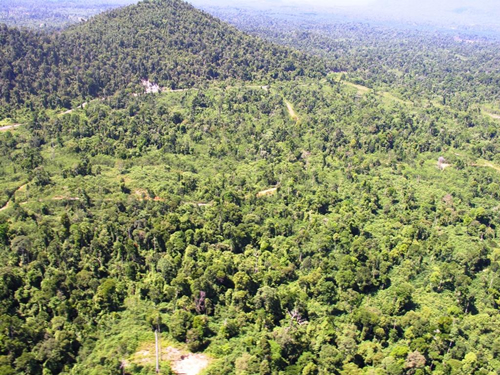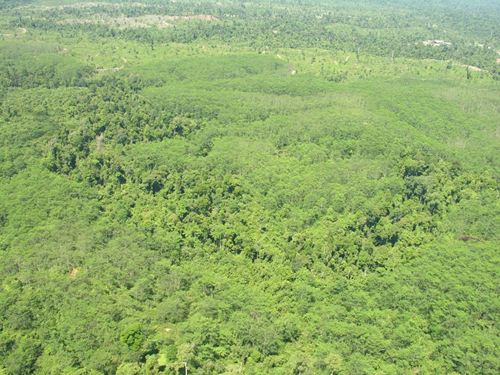Restoration
Forest rehabilitation is deemed necessary because about 13,000 hectares of the forest is highly degraded with insufficient stocking and natural regeneration. There are two approach to forest rehabilitation in FMU 17A.
- Intensive Forest Restoration
- Enrichment planting
In highly degraded landscapes, forests that are restored or rehabilitated may be the only places where remnants of natural forests can survive. The techniques for ensuring ecosystem integrity within restored forests as demonstrated by the 2 Sustainable Forest Management Licence Agreement (SFMLA) holders (Maxland S/B and Lebihasil S/B), hold tremendous potential for advancing the science of good forest management.
Four compartments totaling about 2,000 hectares have been identified. They are:
- Compartment 55 and 56, managed by Lebihasil S/B (SFMLA 01/2005). For details, click here
- Compartment 70 and 71, managed by Maxland S/B (SFMLA 01/2007). For details, click here
Tree species used for intensive forest restoration and enrichment planting are:
- Laran
- Binuang
- Batai
- Sepat
- Dipterocarps (Dryoblanops sp., Shorea sp. and Parashorea sp.)
- Fruit trees (Durian, Bako-bako, Sentul, Keranji, Obah, Mata kucing, Kayu malam, Kerundung and Sengkuang)
For details of enrichment planting, click here
There was no enrichment planting carried out after 2011. This is because there is ample regeneration brought about by intensive timber stand tending as detected by Continuous Forest Inventory linear sampling. Nevertheless restoration was carried out on a 32 ha area illegally planted with oil palm compartment 76. Please click here for map.

Intensive Forest Restoration by Maxland S/B, compartment 70, FMU 17A


